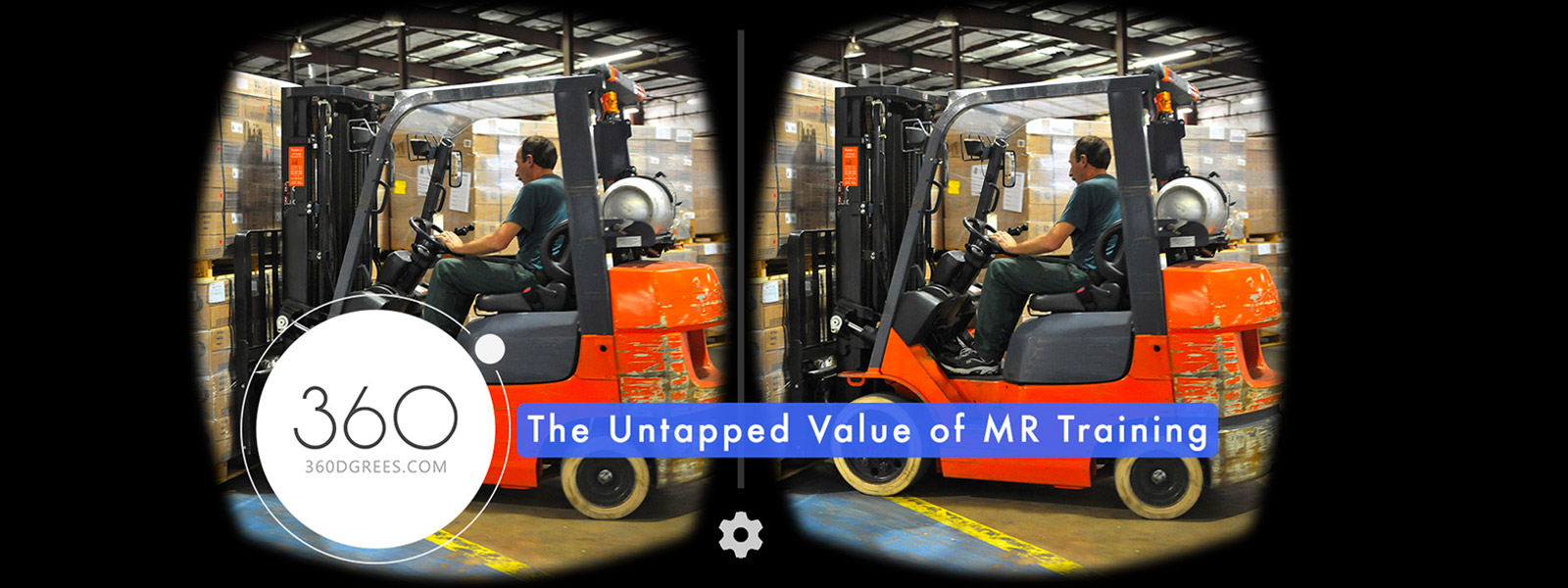Toby Ellis, CEO at 360dgrees.com
The real battleground for Safety Training is creating a culture of safety accountability.
It’s the ultimate outcome in a minefield of tasks. Tasks like hazard identification that make us think we are doing our part when, unfortunately, the only thing we are improving is our ego.
A recent LinkedIn exchange really stood out for me. I was having my daily catchup/update on LinkedIn when a contact of mine commented on a post. The post was a picture of someone at heights without the appropriate safety gear. The person had been travelling to work and, thanks to a great/authentic attitude towards safety practices, was able to identify a safety problem: A powerful skill. They took a photo and posted it on LinkedIn with an important message like, “Workers at heights without harnesses. Be safe out there guys. Look after your people.”
Like lots of other people on the thread I applauded the post and fully endorsed the message. Be alert and aware and make safety something you actively look out for. Not just for yourself, but for those around you. Everyone deserves to go home safe. There were lots of comments of praise and lots of people who empathised with the post having too seen an incident that same day and how all too common scenes like this were. All you needed to do was be attuned to identifying safety issues and you could see them everywhere.
It was a 6-word comment from my contact that brought this illusion crashing down for me. He asked: “What did you do about it?” Wow! Exactly. What did you do about it. Did you stop and speak to someone on site? Did you go over to the worker and mention it? Or did you just take a photo and post it on social media?
I get it. It’s potentially complicated. There are people and emotions involved and it can be confronting. But it makes for a great discussion. If you are focused on safety and if that means ensuring that people get home to their families at the end of the day, when does the skill of identification actually deliver on this outcome? When you act on it and do something. And by do something, I mean something more than take a photo and share the message. That’s helpful and raises awareness, but in that moment, when that worker was at risk of not going home to their families, that’s when they most need you to be safety accountable.
Creating Safety Accountability is something that is hard to engender in people without them really appreciating the consequences of safety incidents, safety complacency and poor safety practices. This is exactly the types of outcomes that Mixed Reality (MR) Training is helping organisations of every size deliver to protect their people.
The ability to create MR Training experiences that let people experience consequence without being in a position of danger places safety identification in the context of action.
Visit 360dgrees.com and get in touch with one of our Mixed Reality experts today.


 Instead of traditional training delivering these messages as a lecture/reading from a folder, you can experience it in MR and see the results of your decisions. You can see the accident and, critically, experience the effect and consequence of your action or inaction.
Instead of traditional training delivering these messages as a lecture/reading from a folder, you can experience it in MR and see the results of your decisions. You can see the accident and, critically, experience the effect and consequence of your action or inaction.